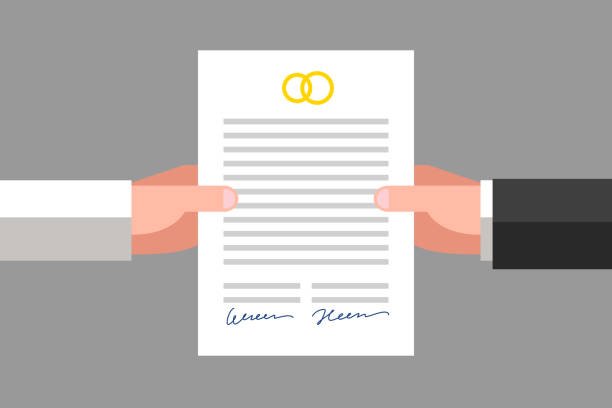Google star ratings and reviews are incredibly important to businesses and customers. They help to provide feedback to the business so they know what they are doing well and where they can improve. They also give customers the chance to tell others about their experience and the service they have received.
For years, the star rating system has been the industry standard of online reviews such as Google. As a concept, it makes a lot of sense. A simple star rating is easy to understand and helps customers make decisions at a glance. The system also gives businesses something to work towards; the 5-star rating. On the face of it, five stars seem to be an ideal review rating.
Today, 5 stars is meaningless as it has become the new “average” or “normal” rating. It does not mean businesses are getting better, it means the system of ratings has got easier.
If all ratings were on a linear scale, then 5 stars would still represent the absolute best rating, and a rating of 3 would be average. But look at the Google star rating system today and you will soon see that this is not the case. If a business is not averaging at least 4 stars, they are forgotten.
Using the analogy of hotels, a five-star hotel is a property that offer their guests the highest levels of luxury through personalized services, a vast range of amenities, and sophisticated accommodations. They also provide guests experiences that meet or exceed even the highest of expectations. Not every property that accommodates guests expects to be automatically designated a five-star hotel status. They know that status must be earned.
With businesses we have been trained to expect a star rating of between four to five, no matter whether it is deserved. Anything less than those numbers might as well be a one or a zero, despite the mathematical average being three. This expectation can seriously damage a business and reputation in the long term as they cannot deliver the service for the artificially high rating.
The main cause of the problem is the flaws of the star rating system. The actual customer experience and mathematics simply do not match. By way of example, in researching this article we found 2 different lawyers in Sevilla both with a 4.9 Google star rating:
Lawyer A has 87 good reviews over a period of 3 years with the most recent review being 2 days ago.
Lawyer B has 7 good reviews over a period of 8 years with the most recent review being 2 years ago.
Yet both have a Google star rating of 4.9. How can this be correct?
If you had to pick between Lawyer A & B, who would you choose?
The Google star rating system could be trusted if customers knew that every review and customer experience was counted and that their ratings and reviews would have an impact on the business’s overall rating. Using the example above this is clearly not the case. How can a business with only 7 reviews over a period of 8 years (less than one review per year), have the same rating as a business with 87 reviews over 3 years?
The bottom line is that the star rating system is artificial and can no longer be relied on. It is no longer an accurate or honest rating or guide of whether you will receive a good experience or good service. We must go back to realistic ratings. To receive a realistic and true opinion about a business or service, you need to look for detailed factors such as the actual customer experience that goes beyond the number of stars. It is for that reason that we look at more than just the Google star rating in calculating our Client Satisfaction ratings. The extra factors we consider include:
- The number of reviews a business receives
- The frequency of reviews, in particular when the last review was left
- The actual feedback left by the customer, whether positive or negative (or none at all)
- Whether the business has responded to the customer feedback, and their response.
We believe these extra factors give a more honest insight and genuine guide to customer satisfaction. It also identifies the businesses who are truly committed to providing an ongoing outstanding customer experience. We believe a rating is more than just a mathematical formula. A rating must be demonstrated and earned by the experience offered to the customer, and whether that expectation is met or exceeded. The highest rating should only be awarded to the best and be the benchmark to aim for. It should be the exception, rather than the expected norm.
For more information on the subject and in particular, details of how review site star ratings are calculated visit https://www.trustsignals.com/blog/how-are-review-site-star-ratings-calculated










